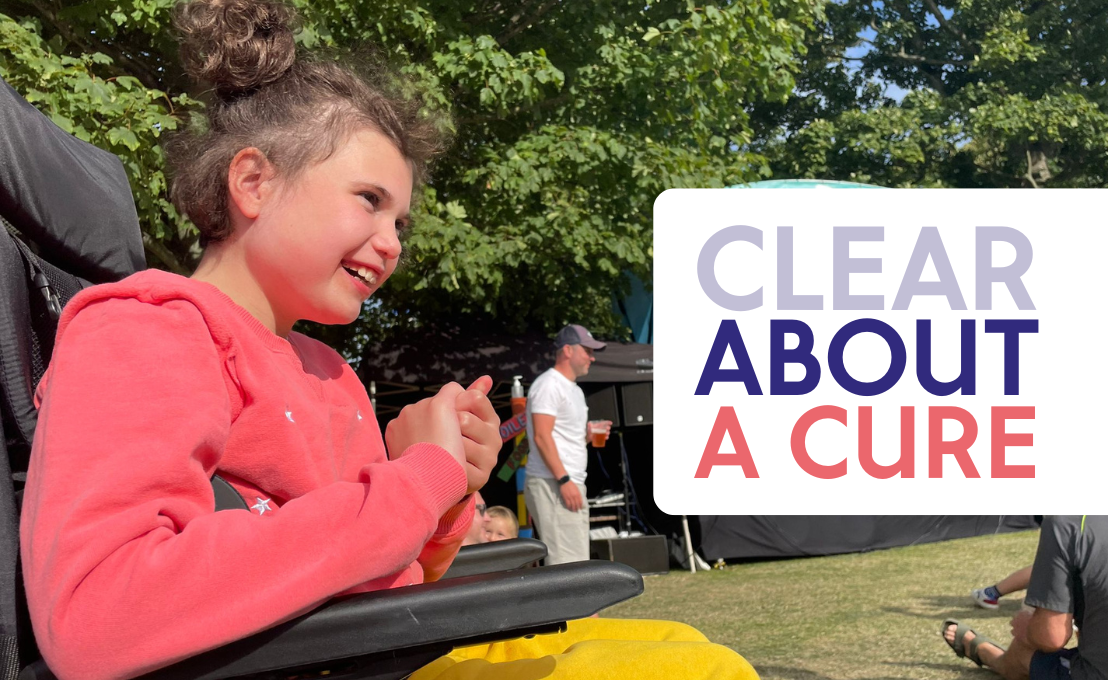Clear about a cure

by Rachael Stevenson
When Reverse Rett was founded back in 2010, it was not long after Rett Syndrome was shown to be reversible in mice.
Those experiments were promising but at the time, the potential for a cure was really just hypothetical. Scientists knew if they put the Mecp2 protein back in mice born without Mecp2 protein, their symptoms went away.
But these mice had been genetically engineered before birth, so that they had a ‘switch’ inside them, which meant scientists could switch the protein back on at any point in time.
As people with Rett Syndrome do not have a switch inside them, these experiments, although promising, did not provide a way to put the protein back in people living with Rett Syndrome.
Since 2010, Reverse Rett has supported RSRT lab research exploring different ways of putting Mecp2 protein back, or replacing the MECP2 gene that makes it.
Now, in 2022, there are a number of pharmaceutical companies who are working to bring gene therapy products to human clinical trials.
These trials will be aiming to repair the underlying cause of Rett. No one knows what the end result will be for people living with the condition. That’s why these human clinical trials are needed.
But based on many experiments that have taken place in mice over the last decade, there is hope that gene therapy could enable children, adults and adolescents with Rett Syndrome to:
- Be healthier and live longer
- Move and use their body more freely and easily
- Feel well and able to fully participate in life
In the coming months, as we prepare for gene therapy trials to begin, as an organisation, we plan to move away from using the word ‘cure.’
‘Cure’ will mean different things to different people. We want to be sure that the information we are sharing is clear and realistically hopeful.
Whilst our vision is for every newly diagnosed child with Rett Syndrome to have access to treatment that will stop the typical progression of untreated disease, we do not know how older children, adolescents and adults who have already been living with Rett Syndrome for many years will respond.
In lab experiments, even mice in late-stage disease had significant improvement in symptoms, with the complexity of Rett, and the damaging effects of so many entangled symptoms over the years, it is likely that young people and adults with Rett Syndrome who have gene therapy will need a great deal of intervention and support to regain lost physical abilities.
There is so much we don’t know.
But what we do know, is that every affected individual with Rett Syndrome deserves the maximum opportunity for improved health, longevity and ability.
It’s an exciting time and whatever we call it, that’s what we’ll keep fighting for.
For more information watch the videos below.